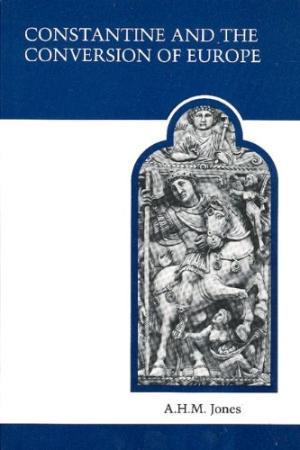|
Constantine and the Conversion of Europe
by A.H.M. Jones 222 Pages Recommended: 4/5 I was always very curious about the process by which Christianity supplanted European paganism, so who better study than Constantine? The book is very clearly written, and kept me interested the whole time. I finished the book in just 2 days. I was disappointed that the author didn't include enough background historical information, and I occasionally found myself confused. 5 things I learned from Constantine and the Conversion of Europe 1. Europe was still mostly pagan at the time of Constantine's rise to power. Prior to reading this book, I had the impression that, by the 3rd century, nearly everyone had already converted to Christianity. I was shocked to read that the majority of the population was not Christian, and that nearly all of the land owning and senatorial classes were polytheistic. 2. The speed at which Christianity spread. When Constantine began coming to power, there were no Christians in the government or army. By the time Constantine died, paganism was outlawed and rapidly receding. 3. Constantine's life goal was to unify the Christian church. He miserably failed. As part of his attempts to centralize power, he called the council of Nicaea, where all of the various heresies of Christianity were to be debated. Clergy and theologians from across the empire debated and decided what was official Christian doctrine and what wasn't. This would be the first of many Ecumenical councils. 4. Constantine was a weak leader, prone to a short temper, lapses in judgement, and indecision. 5. Despite being the first Christian emperor, he wasn't baptized until right before his death. One possible reason why is because he knew that he would have to sin as emperor, and only received the baptism when he knew his life was ending so he wouldn't have to sin before his death.
0 Comments
Leave a Reply. |
Thibault SerletMost of my articles are book reviews, but I also write about many other topics. Archives
December 2023
Categories |

 RSS Feed
RSS Feed